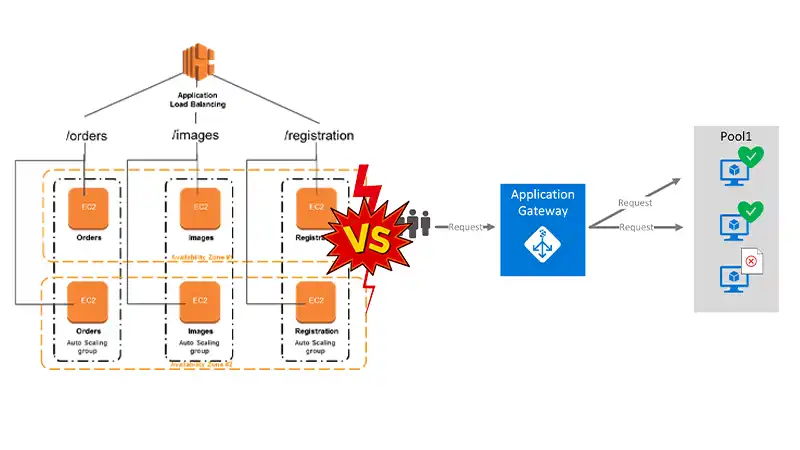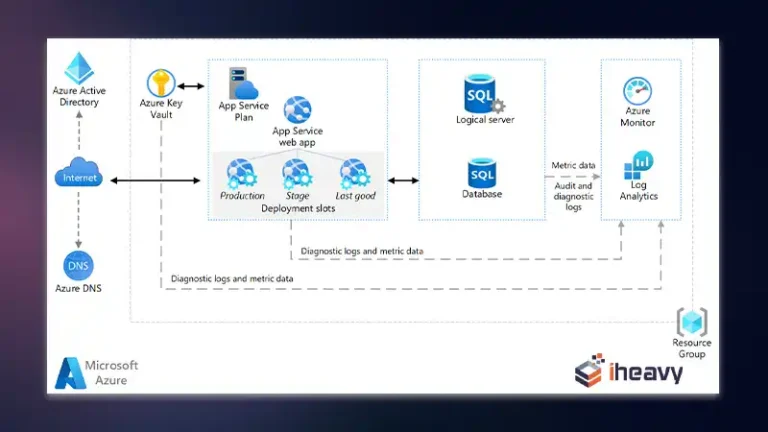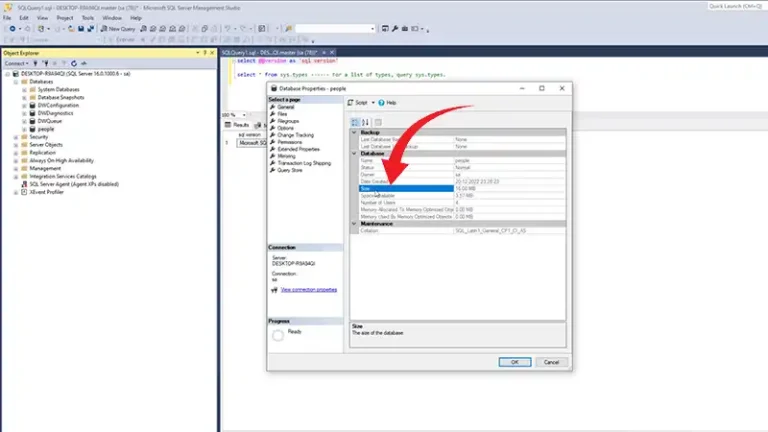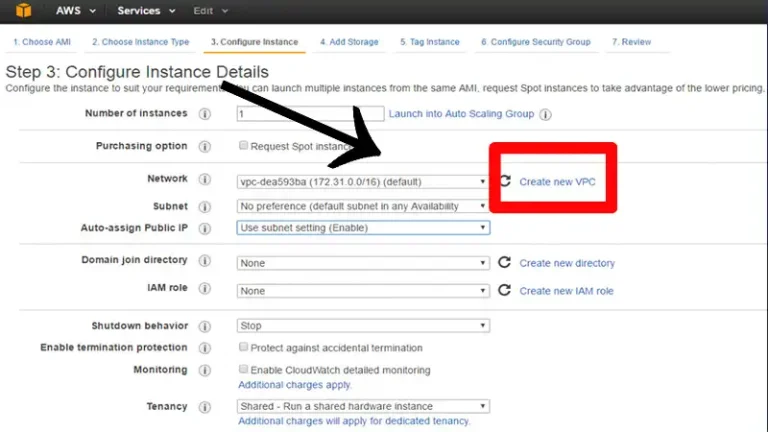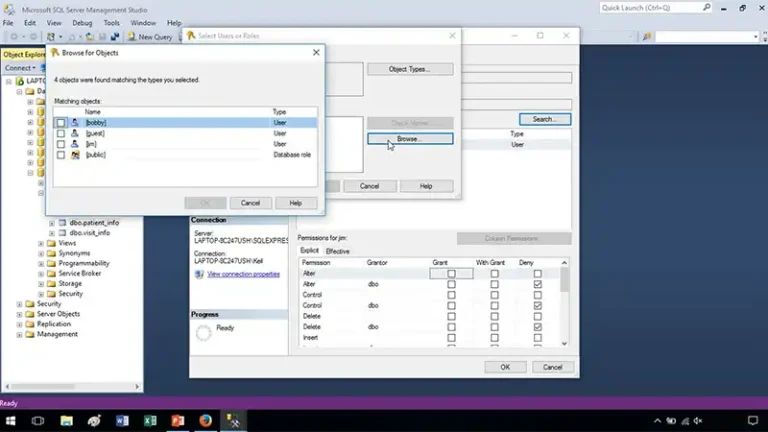Azure Application Gateway vs AWS Application Load Balancer: A Comparative Analysis
Azure and AWS have emerged as two major players. Both platforms offer a range of services that cater to the needs of businesses globally. Amongst these services, Azure Application Gateway and AWS Application Load Balancer (ALB) are two popular options for load balancing and traffic management.
But they have differences in many aspects including routing capabilities, security features as well as integration, and so on. Here comes the details of Azure Application Gateway and AWS ALB, comparing their features, capabilities, and use cases.
Azure Application Gateway
Azure Application Gateway is a Layer 7 load balancer designed to manage and route traffic based on application-specific data such as HTTP headers and cookies. Some key features include:
- Application Delivery Controller (ADC): It functions as a reverse proxy service, enabling functionalities like SSL termination, cookie-based session affinity, and URL-based routing.
- Web Application Firewall (WAF): Provides enhanced security by inspecting incoming traffic for common web vulnerabilities and threats.
- SSL Offloading: It decrypts incoming traffic at the gateway, reducing the load on backend servers.
- Session Affinity: Supports cookie-based session persistence to maintain user sessions with specific backend instances.
- URL-Based Routing: Allows routing traffic based on URL paths to different backend pools.
- Auto-Scaling: This can automatically scale based on demand using Azure’s scaling features.
AWS Application Load Balancer
AWS Application Load Balancer (ALB) operates at Layer 7 and is optimized to manage HTTP and HTTPS traffic. Key features include:
- Content-Based Routing: Routes traffic based on the content of the request (like URL path or host), enabling more granular control.
- Path-Based Routing: Routes traffic to different services based on URL paths.
- WebSockets and HTTP/2 Support: ALB supports WebSockets for real-time communication and HTTP/2 for improved performance.
- SSL/TLS Offloading: Similar to Azure, ALB can offload SSL/TLS termination to reduce the workload on backend servers.
- Containerized Applications Support: Seamlessly integrates with services like Amazon ECS and EKS to manage containerized applications.
- Auto-Scaling: ALB can automatically scale based on the demand using AWS Auto Scaling.
Comparison Between Gateway and Load Balancer
Numerous characteristics of them differ, such as integration, security features, and routing capabilities. Described below are the distinctions between them.
- Routing Capabilities: Azure’s Application Gateway provides URL-based routing, while AWS ALB offers more granular content-based routing.
- Security Features: Both offer SSL termination and WAF capabilities, but specifics may differ. Azure’s WAF is integrated into the Application Gateway, while ALB works with AWS WAF as a separate service.
- Integration: Azure Application Gateway integrates well within the Azure ecosystem, while AWS ALB seamlessly fits into the AWS environment.
- Pricing Structure: Both have different pricing models based on factors like data processed, number of rules, and provisioned capacity.
A table has been added to summarize all the differences between them shortly.
| Feature | Azure Application Gateway | AWS Application Load Balancer |
| Security features | Web Application Firewall (WAF), URL rewriting, bot protection | WAF, path-based access control, X-Forwarded-For header |
| Scalability | Up to 250 GB/s | Up to 10 Tbps |
| Pricing | Pay-as-you-go based on bandwidth and instances | Pay-as-you-go based on requests and bandwidth |
| Similarities | ||
| Layer | Layer 7 (application) | Layer 7 (application) |
| Protocols | HTTP/HTTPS, WebSocket | HTTP/HTTPS, WebSocket |
| Routing | Path-based, URL-based, header-based | Path-based, URL-based, header-based |
| Health checks | HTTP, TCP, ICMP | HTTP, TCP, ICMP |
Choosing between the two depends on various factors such as the existing cloud environment, specific requirements, integration preferences, and cost considerations.
Choosing the Right Load Balancer
The best application load balancer for you will depend on your specific needs and requirements. Here are a few factors to consider:
- Application size and traffic: If you have a large application with high traffic volumes, you’ll need a highly scalable load balancer like AWS Application Load Balancer.
- Security requirements: If security is a top priority, Azure Application Gateway’s built-in WAF may be a valuable feature.
- Integration with other services: If you’re already using other Azure or AWS services, you may want to choose the load balancer that integrates best with those services.
- Budget: Both Azure Application Gateway and AWS Application Load Balancer offer pay-as-you-go pricing models, so be sure to compare the costs before making a decision.
Frequently Asked Questions
Can Azure Application Gateway and AWS Application Load Balancer be used interchangeably?
While both Azure Application Gateway and AWS Application Load Balancer provide load balancing and traffic management capabilities, they are specific to their respective cloud platforms. Azure Application Gateway is designed for Azure-based applications, whereas AWS ALB is intended for applications hosted on AWS. They cannot be used interchangeably.
Can Azure Application Gateway and AWS ALB handle high traffic volumes?
Yes, both Azure Application Gateway and AWS ALB are highly scalable and can handle high traffic volumes effectively. They are designed to distribute traffic across multiple backend instances, ensuring optimal performance and availability.
Do Azure Application Gateway and AWS ALB offer similar pricing models?
Azure and AWS have different pricing models for their services, including Azure Application Gateway and AWS ALB. The pricing depends on factors such as traffic volume, data transfer, and other associated resources. It is recommended to consult the official pricing documentation of the respective cloud providers for accurate cost estimation.
To Conclude
Azure Application Gateway and AWS Application Load Balancer are both powerful application load balancers with a wide range of features. The best choice for you will depend on your specific needs and requirements. I hope this comparison has helped you narrow down your options and choose the right load balancer for your web applications.
